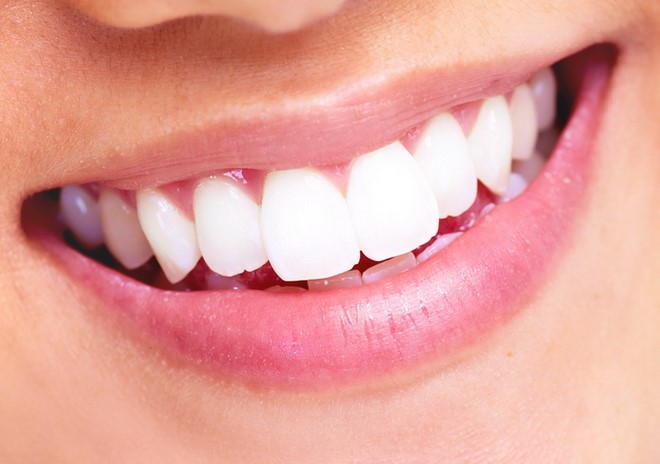Digital dentistry at Axioma Dental clinic
A modern digital dentistry clinic in Saint Petersburg providing effective treatment to patients based on experience, innovative methods and in-house equipment. Digital technologies make it possible to achieve high accuracy in making a diagnosis, forecasting a treatment outcome and fabricating a dental structure. The risk of error is minimized due to the use of software, so a specialist can make a prosthesis or a crown precisely to the set parameters. This guarantees successful implantation and prosthetics, whatever the clinical picture.

Axioma Dental digital dentistry clinic
Our centre uses a CAD-CAM protocol based on the Zirkonzahn technology, with advanced software making it possible to conduct high-precision 3D oral scanning and simulate the forthcoming procedure. A cast model is prepared and scanned using a dental scanner. The data obtained are transferred to the milling centre to fabricate temporary or permanent prostheses and crowns from one-piece blocks of various materials.
The advantage of 3D digital dentistry lies in the pinpoint precision of fabricated structures, which are dozens of times more efficient than cast prostheses. This guarantees successful dental prosthetics and a longer service life of crowns placed on implants or original teeth. The Axioma Dental digital dentistry centre has its own equipment and dental laboratory.
Advantages of digital dentistry
Unlike analogue hybrid or traditional prosthetic methods, this up-to-date protocol ensures:
- Data accuracy: using a scanner, a doctor obtains a full range of data needed for accurate simulation of a prosthetic structure.
- Speed: digital dentistry (Saint Petersburg) reduces the time of crown manufacturing and prosthetic procedures. After scanning a dental cast model, the data are transferred to the laboratory, which proceeds to milling operations. The patient receives the required treatment. Thanks to the high precision of the procedure, the number of prosthetic structure fitting steps prior to placement in the mouth cavity is reduced to a minimum.
- Comfort: the CAD/CAM technology can produce a teeth impression without having to place dental impressioning materials into the mouth cavity, which may enter respiratory passages and cause gagging.
- Precision: finished structures are practically identical to natural teeth in terms of their anatomical features.
- Fitting: 3D modelling and further milling of the material ensure a snug fit of the crown or prosthesis to soft tissues. There is not risk of looseness in the future.
- Versatility of technology: production of individual bridgeworks, crowns, veneers and inlays with account for specific anatomical features.
- Durability of finished products.
The digital protocol allows creating high-precision surgical guides for dental implants. This guarantees successful implantation of artificial roots at any angle and in a proper position.

Application of digital dentistry
Capabilities of computer technology:
- Implantation: surgical guides, planning treatment with a forecasted result. Thanks to the surgical guide, the doctor can determine the implantation point immaculately, running no risk of damaging sinuses, canals or nerves. The crown can be modelled and manufactured in advance.
- Therapy: fabrication of ceramic inlays which rule out shrinkage of filling materials with time.
- Orthopaedics: the digital protocol ensures that veneers, inlays, crowns and prostheses on implants or original teeth are manufactured quickly and with good quality.
- Orthodontics: due to 3D modelling, it is possible to see the outcome of treatment with splints and forecast the required movement of teeth, bite correction and time even before starting the procedure.
The technology makes doctor’s work easier and minimizes the risk of error. For the patient, it is a time-saver, which also prevents them from feeling pain.
What is CAD/CAM in dentistry?
The technology refers to creating a 3D model of the mouth cavity in virtual space and subsequent milling of prostheses.
The equipment used:
- Scanners: intraoral, standard, receiving data from the jaw cast model. This technique makes it possible to consider a full array of data on the clinical picture.
- Software: 3D dental models are automatically processed by software, which creates a visual image of the future procedure. The doctor can adjust parameters.
- Milling machine: a data file is transferred to the equipment, which mills the product based on the set parameters with high precision.
The Axioma Dental digital dentistry centre can correct all kinds of dental defects. You are kindly welcome to come to a consultation appointment with us!



